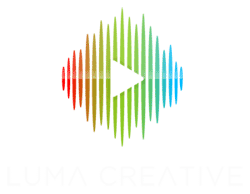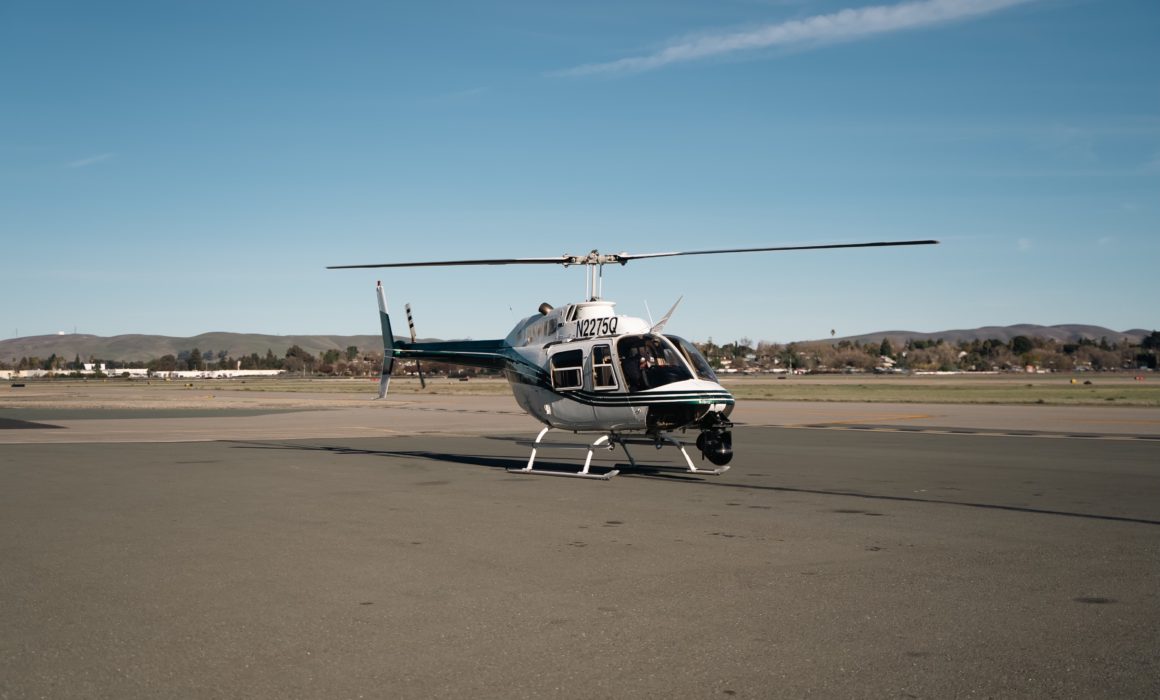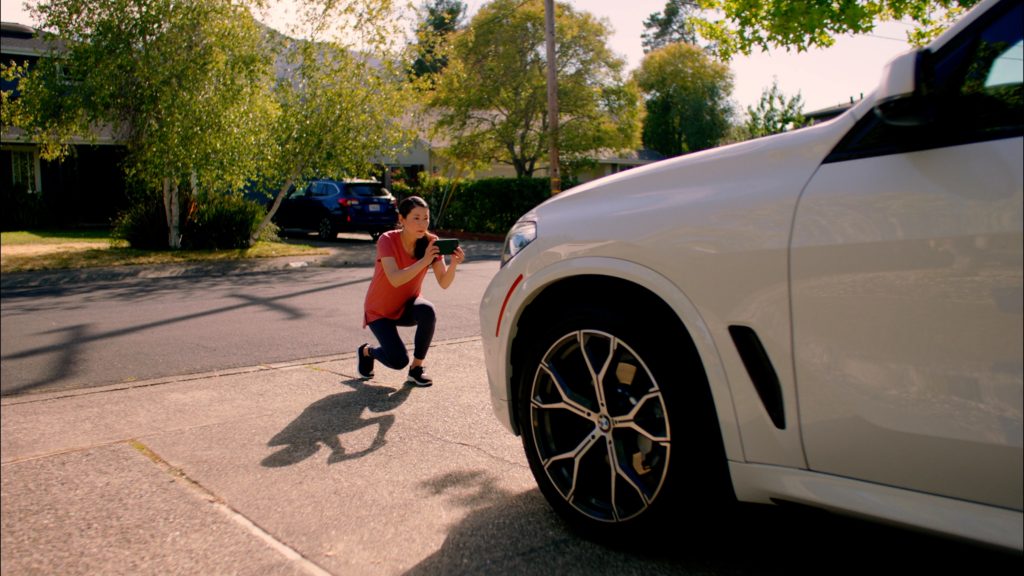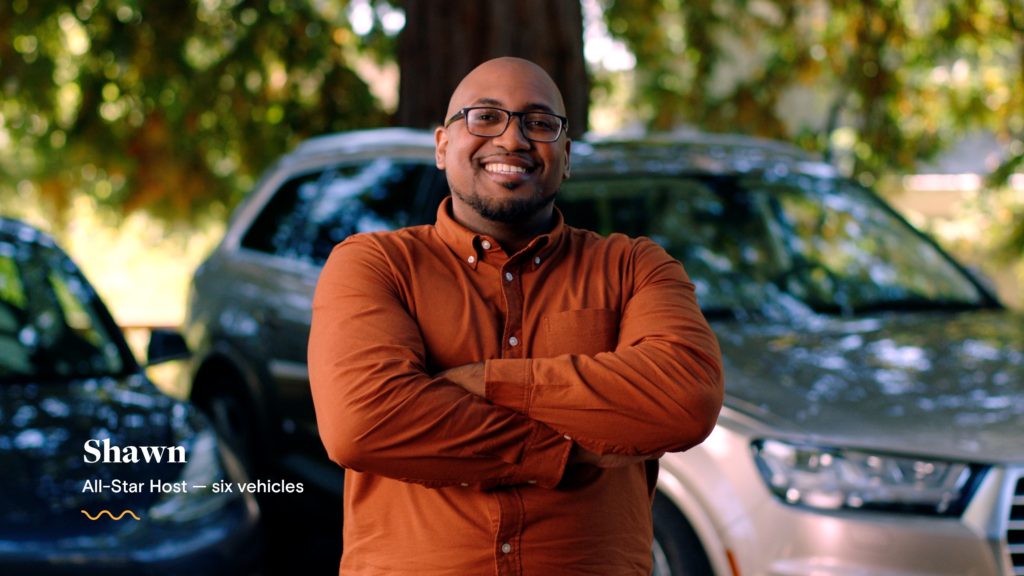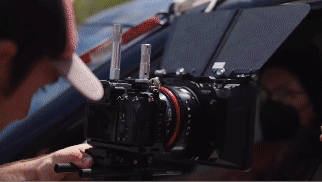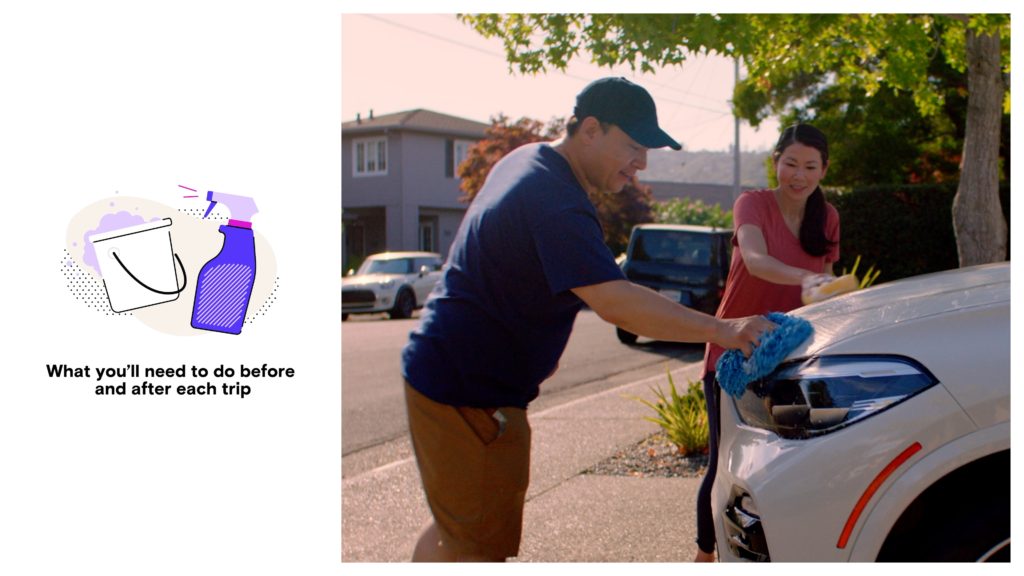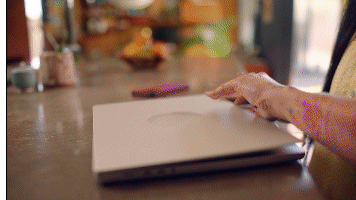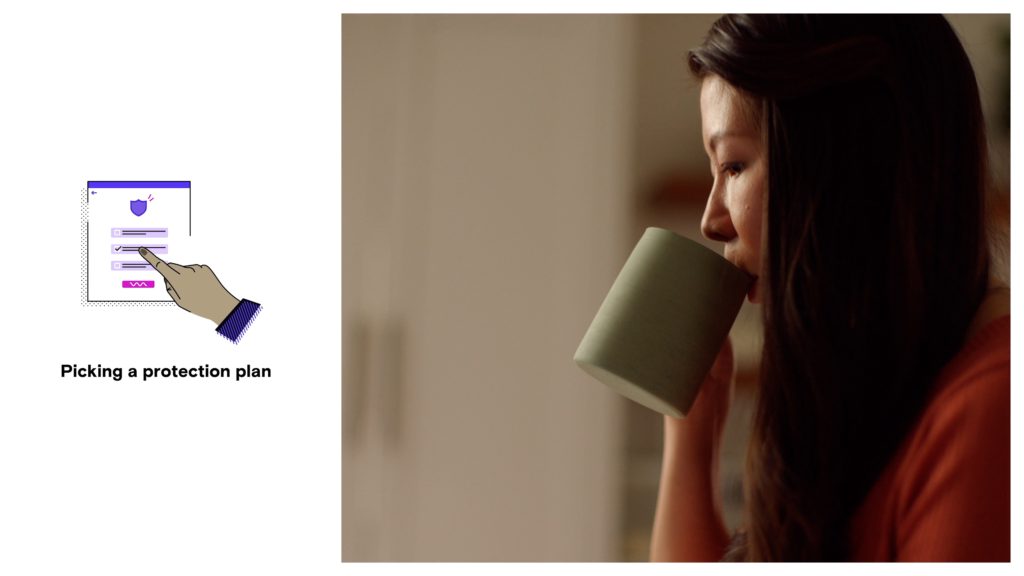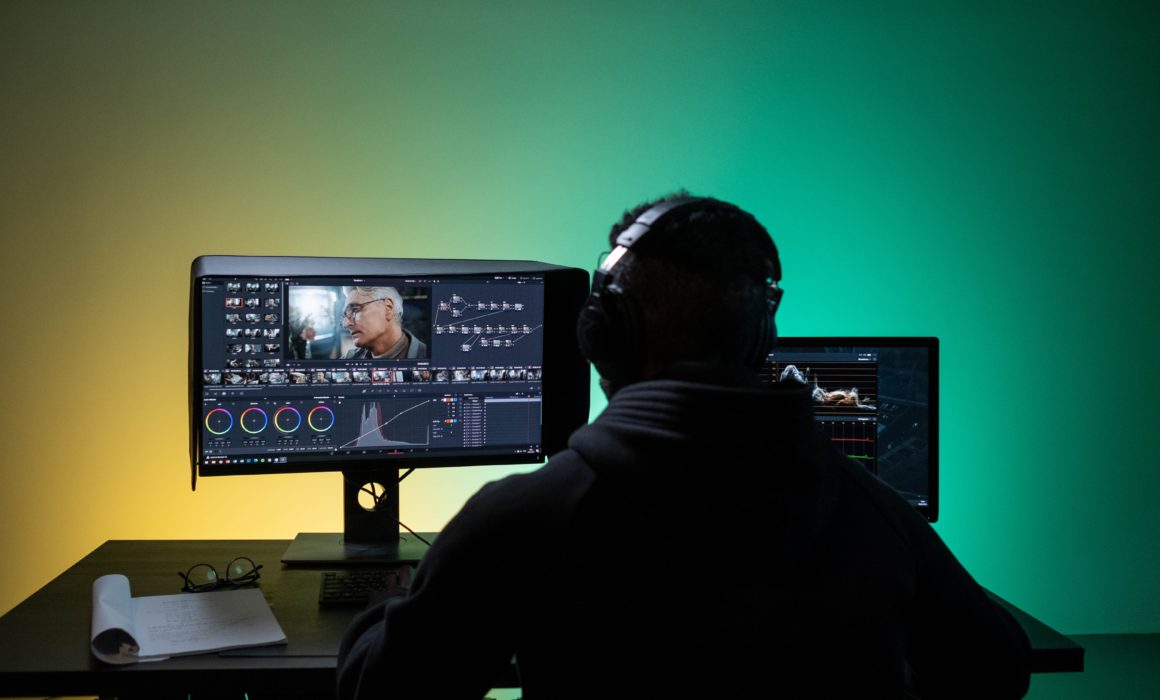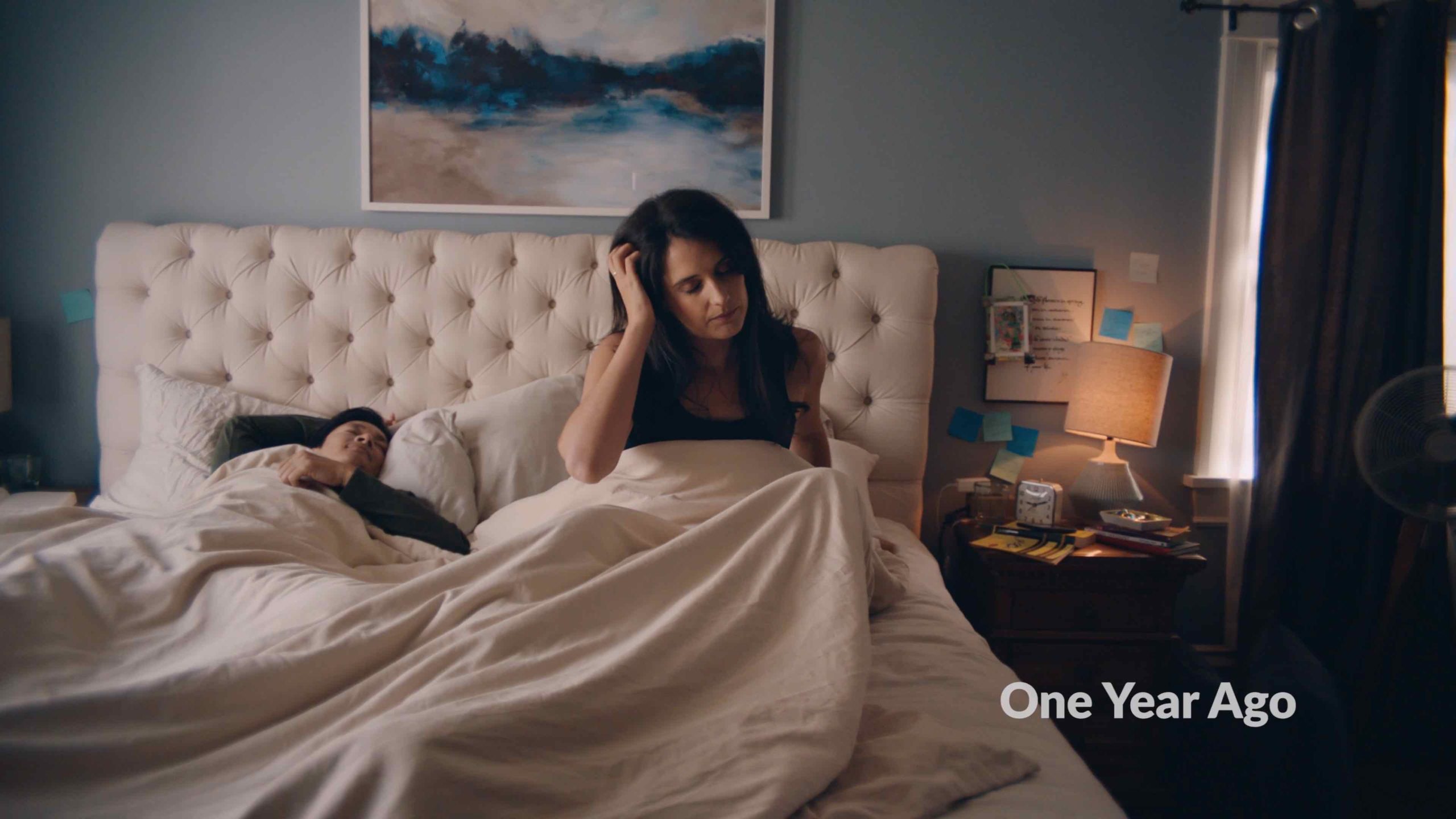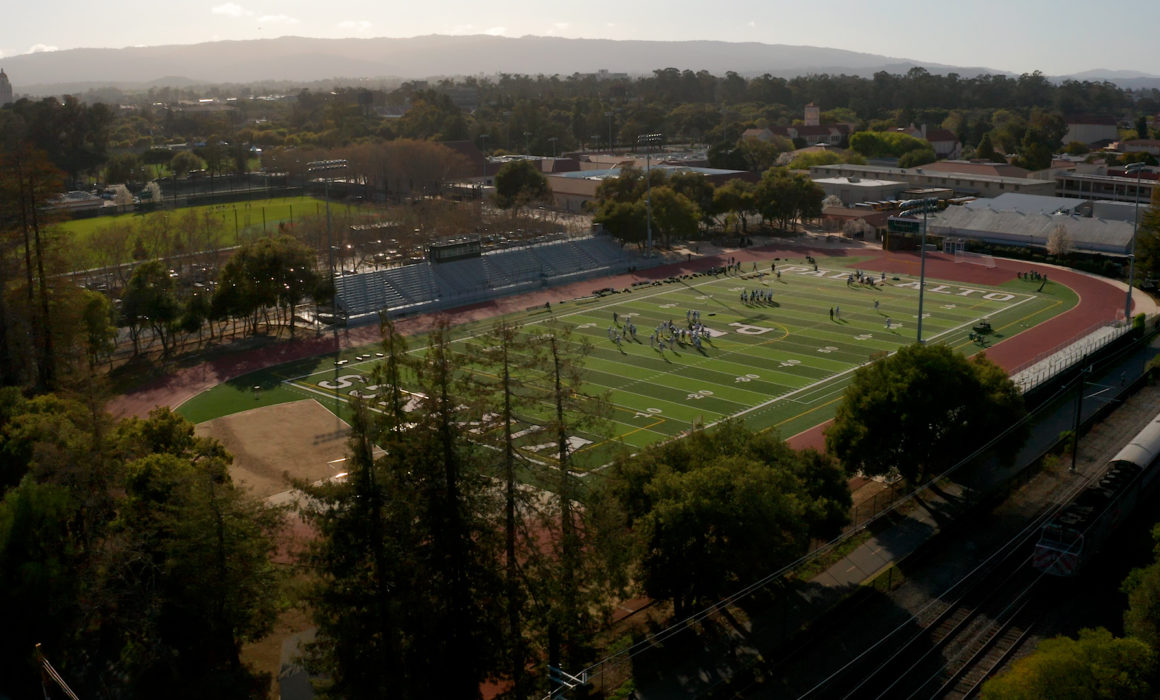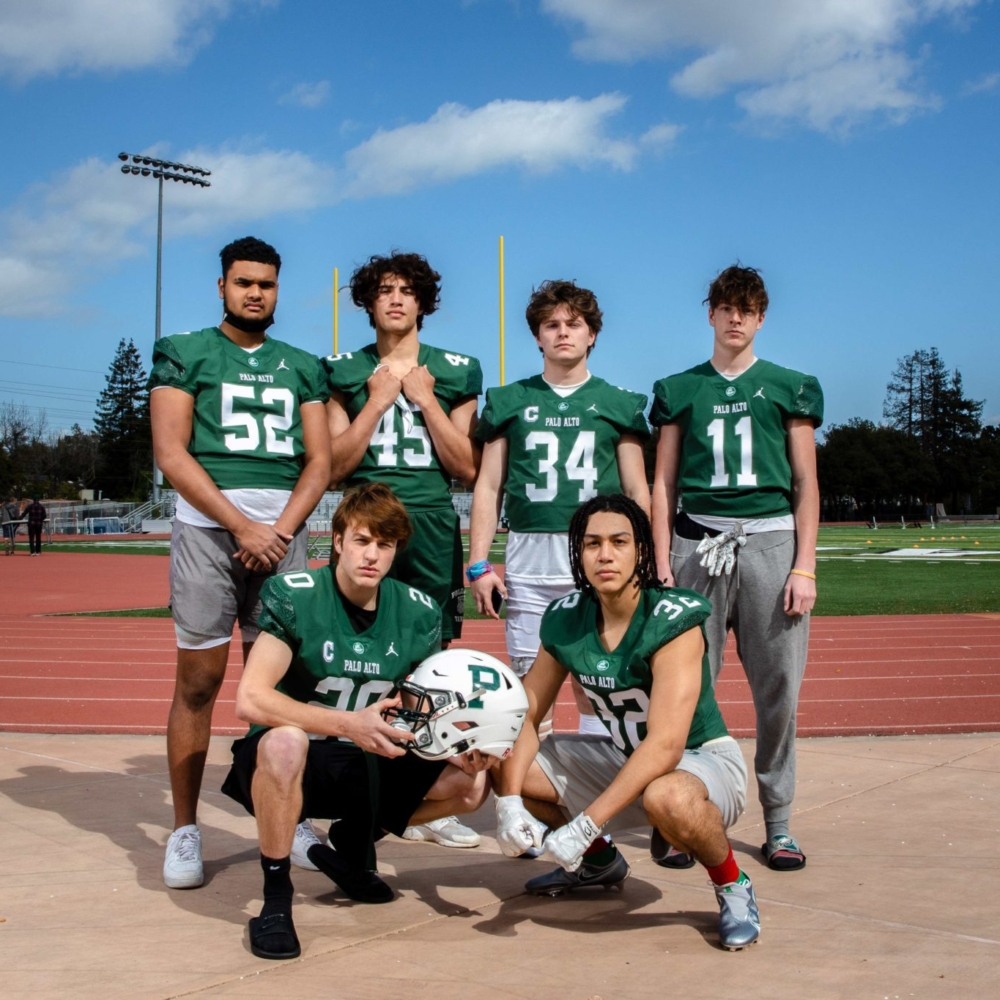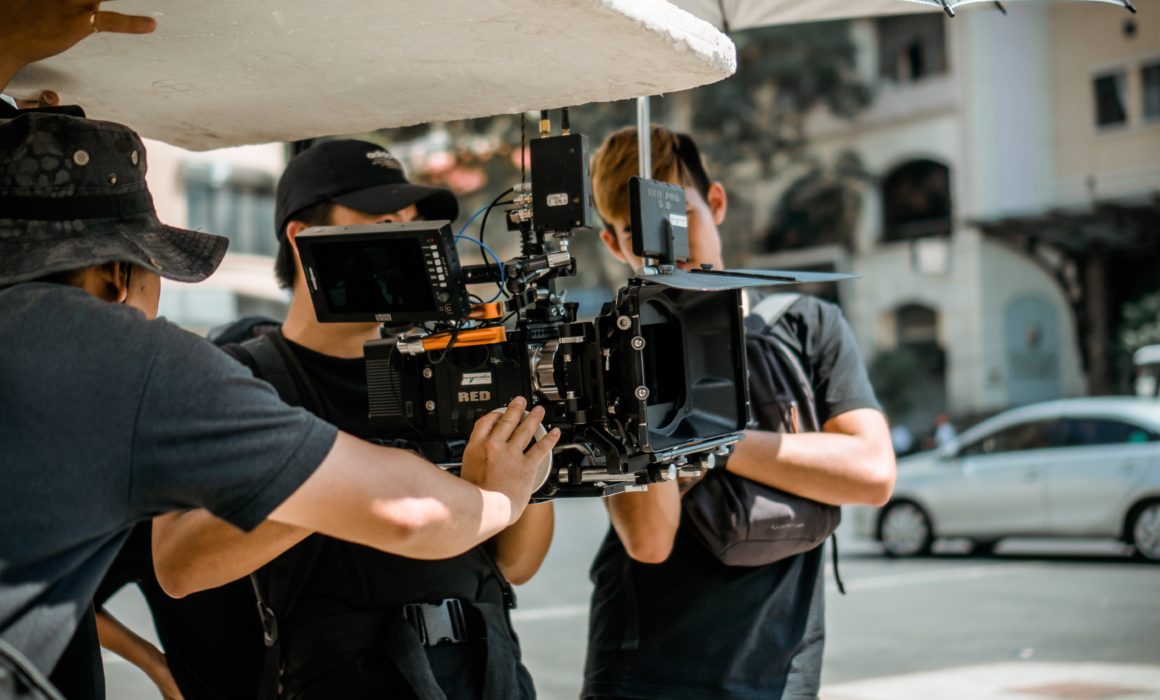When to Use a Helicopter for Video Production
Recently, Luma Creative was brought on to a video production project that did not quite fit the parameters of any previous work. Our client was building out the logistics of a television commercial, and the specifics of that posed a few challenges. In order to get the desired results and stick to our budget, we decided to use helicopter video production. Our San Francisco video production crew does a lot of drone work but helicopter use was something new for our team.
Let’s paint a picture: Our client is building a massive land development and needs to not only highlight where this land development is, but how far it is from other local municipalities. To do this they came up with a simple solution. They wanted a continuous shot that went from nearby cities and followed major highways to their new land development. The idea was then to speed ramp the shot. This would allow us to give the viewer a general idea of this new land development and fit it all into potential 15, 30, and 60 second television spots. Our client knew exactly what they wanted, and while that can be invaluable in pre production, they also had no idea how to achieve this shot. That’s when we decided to get creative and take to the skies for helicopter video production.
Current Information on Helicopter Video Production
There is not a ton of information out there on when to use a helicopter for video production. First off, helicopter video production is expensive and therefore makes it inaccessible to most filmmaker’s budgets. Secondly, helicopter videography is not well advertised. It took our production team days of researching and contacting different companies to put together a sound team capable of executing the job. Sure, if you are in a big market, like Los Angeles, you will have more options. However, our project was operating out of San Francisco and we needed to come up with a unique plan in order to deliver for our clients. If you are interested in how to put together a helicopter videography production then read on to hear about our company’s experience!
Options for Aerial Videography
Drone Videography
The first option we sought out to execute our clients’ vision was drone videography. Luma Creative is no stranger to drone videography and we have utilized drones for many different types of shoots. Drone videography offers several advantages over traditional ground-based filming techniques. First off drones offer versatility and maneuverability. Secondly, they are cost-effective. They require small crews to operate, and are budget friendly to rent. For all these reasons and more, drones have become the go to aerial videography device of choice and we are no stranger to their effectiveness. However, no two shoots are the same and in this case our client’s shot went directly over “The Gateway to the Pacific”, also known as Travis Air Force Base. Drones are strictly prohibited over American airforce bases and thus we were forced to pivot to option 2.
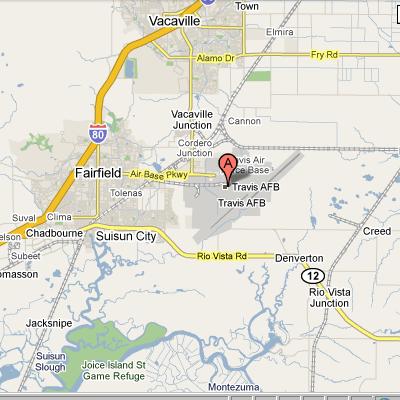
Travis Air Force Base was directly in the way of our desired flight path. This ruled out drone videography for our aerial footage.
VFX
While the task of achieving this shot for our client seemed daunting using live action videography, we pivoted to the world of VFX and Motion graphics to answer the call. Some main advantages of VFX include unlimited creativity. This allows us filmmakers to bring visions to life in ways that were previously impossible or prohibitively expensive. Furthermore, VFX provides Realism and Immersion. Our goal was to blend the real world utilizing programs like google earth and unreal engine. Finally, VFX offers safety and control. You do not need to compromise your vision while making sure your drone isn’t shot down by air force control. We deliberated this option extensively with our in-house VFX team. However, due to a quick two week turnaround we pivoted to our third and final option.
Helicopter Video Production
Most producers, myself included, never dream of enlisting helicopters for lower budget shoots. That’s the stuff of Michael Bay and Chistopher Nolan. However, we were able to hire a local pilot and charter his Bell 206 5 seat Helicopter. From there, we brought on a seasoned helicopter Director of Photography who brought in his own Stablized Helicopter Gimbal. This allowed us to pair together two professionals while keeping costs down as opposed to a traditional hollywood helicopter company. The results were incredible. Furthermore, our client was able to ride along and direct for the exact shots they envisioned. This allowed us to utilize the local nature of our shoot to bring the budget down on a helicopter charter, and include our local clientle. This was of huge benefit to our client and a big positive in hiring a local production team.
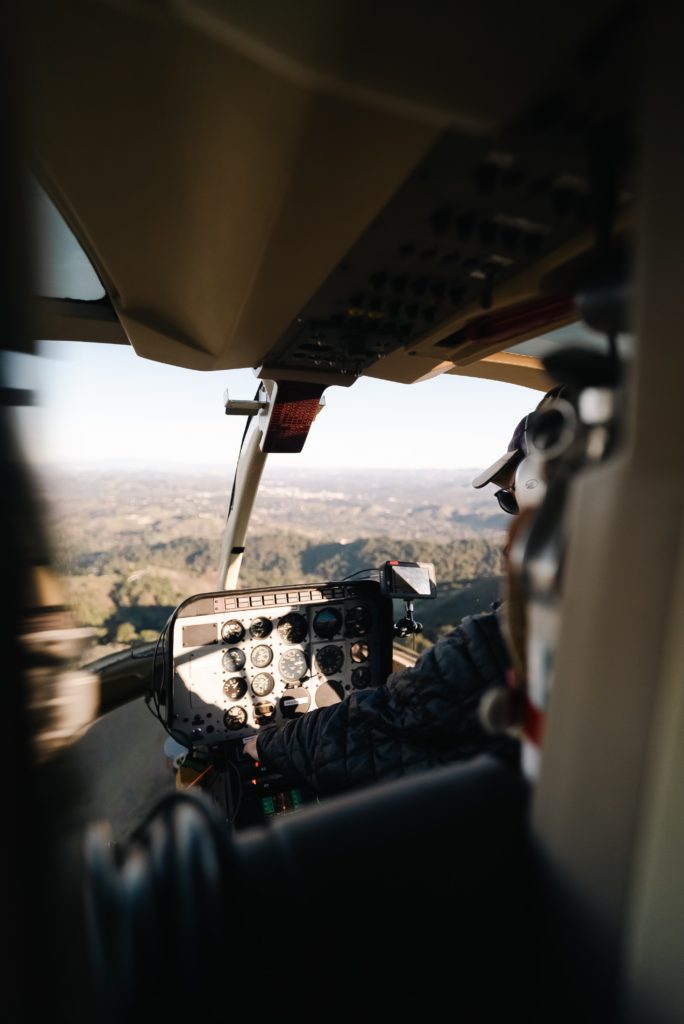
Adding Value to Client’s Portfolio Through Helicopter Video Production
Before we took to the skies for our helicopter shoot, we sat down with our crew and clients to talk about the creative pre production for the shoot day. We set out to capture the aerial shot needed, and locked in an appropriate schedule to make sure we had ample time to capture everything needed. However, our client now was looking for photo resources to complement the TV spot for website and promotional material. As a company who also specializes in corporate photography we were able to easily add in this component. This saved our client more than $15,000 needed to schedule a whole new day of aerial photo production. We are always looking for places to add value to a budget. In this case, we were able to dramatically increase production value without raising the budget. Here are some of the final results:
Our team was able to capture a variety of images in a short time frame using the speed and versatility of helicopter video production

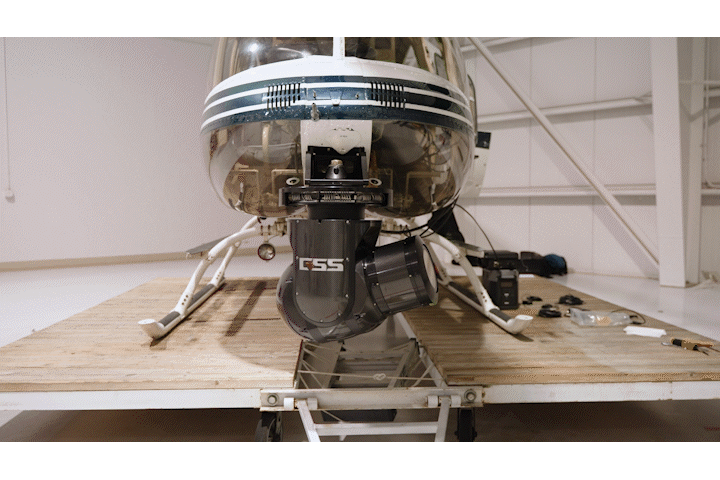
Takeaways From Using Helicopter Videography/ Photography
In conclusion, this recent project exemplifies the power of being adaptable in the world of production. Faced with the challenge of creating a television spot that showcased a massive land development, we leveraged helicopter videography. While drones and VFX initially seemed like viable options, the unique constraints of the project demanded a different approach. By chartering a local helicopter and enlisting a seasoned Director of Photography we achieved the continuous shot our client desired. We also also provided them with the opportunity to direct the footage firsthand. This collaboration ensured the realization of our client’s vision. Moreover, it fostered a sense of partnership and local involvement, a testament to the benefits of hiring a local production team.

Moreover, our commitment to adding value to our client’s portfolio didn’t stop at videography. We incorporated aerial photography into the project at minimal additional cost. This allowed us to fulfill our client’s needs and save them a significant amount of money. This strategic decision underscores our dedication to maximizing production value while adhering to budgetary constraints. Sometimes pushing the envelope of production will break your budget. However, there is always value in thinking outside the box, or in this case, up in the clouds.
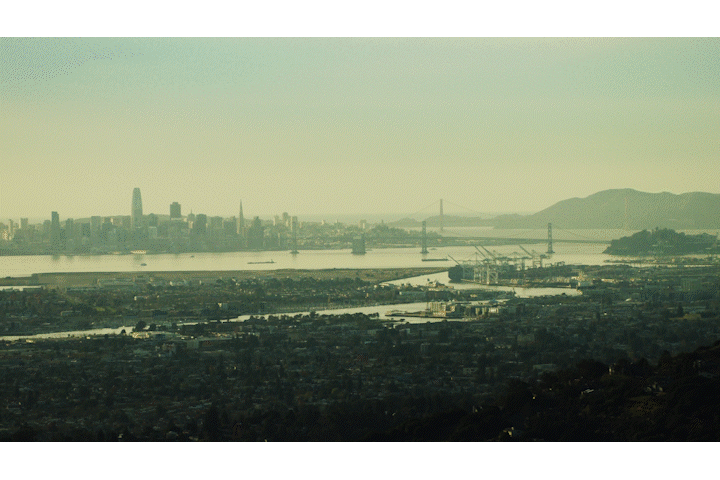
Looking for San Francisco aerial helicopter video production? Contact us today!
